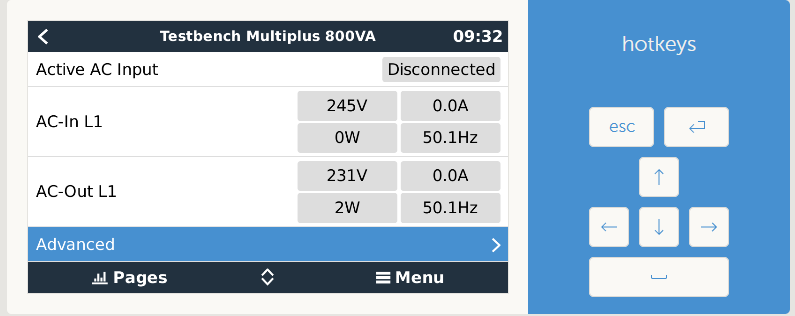Hi,
I plan to use EasySolar II GX 24/3000 to power a small cabin. Typically the AC load is not very high +/- 1000W but on occasion I may have heater and electric kettle on which adds to about 4000W.
My question is, is it mandatory to get 48/5000? Or perhaps 24/3000 would still work because power limit is only for DC->AC converter and I could still draw another 3600W (16A) via ACin mains connection. Here I am not that clear about overload conditions vs. combining ACin (3600W) + DC->AC (3000W) out for a total power of 6600W in short moments with these high power loads on.
The system will be EasySolar, 2,2kw solar, 2x280 24V LifePo4 battery. I read that EasySolar is combination of few other systems like MultiPlus II + MPPT etc. In theory I can go to 48V with batteries in series but I already have 24V stuff and prefer to keep the system at 24V.
Thanks in advance,
Mariusz


